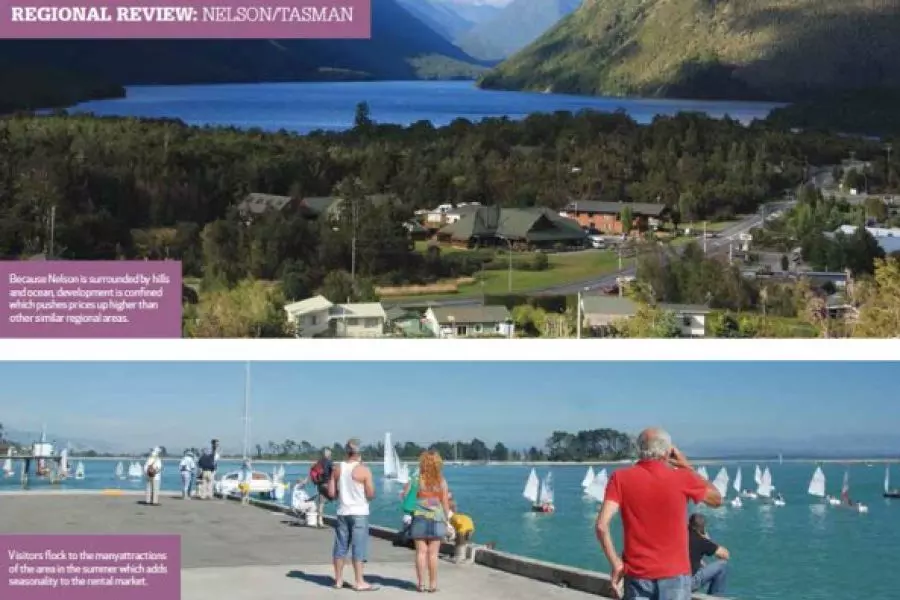News
Regional Review - Nelson/Tasman

Monday 25th of May 2015
There’s a lot to love about Nelson and the neighbouring Tasman District. From the air, the curve of Farewell Spit is one of New Zealand’s most distinctive landmarks. It’s the geographical centre of New Zealand, and it has all those sunshine hours. Nelson’s vibrant city centre is the gateway to superb beaches, with the Abel Tasman and Kahurangi National Parks on its doors...
Want to read the full article?
Click the button below to subscribe and will have unlimited access to full article and all other articles on the site.
8 min read
10 min read






![[The Wrap] Bye Bye Bayly](https://goodreturns.publit.io/file/c_fill,w_900,h_600/39f23ac1-f7c7-4854-b700-a150004ebbac.webp)


